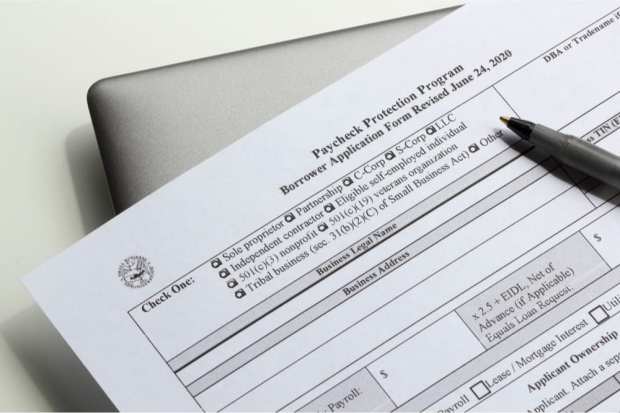PPP, SMBs And The Challenges Of KYC

The House Select Subcommittee on the Coronavirus Crisis found the U.S. Treasury Department encouraged banks to prioritize existing customers applying for PPP loans — allegedly at the expense of underserved communities and SMBs. But it could be the case that “going with who you know” was a way to get loans processed more quickly, speed funding and short-circuit fraud.
The controversies surrounding the Paycheck Protection Program (PPP) may reverberate well after the pandemic is in the rearview mirror.
On Friday (Oct. 16), the House Select Subcommittee on the Coronavirus Crisis found in a report titled “Underserved and Unprotected: How the Trump Administration Neglected the Neediest Small Businesses in the PPP,” the U.S. Treasury Department encouraged banks to prioritize existing customers applying for PPP loans.
Digging into the report — which focused largely on whether underserved and under-represented small and medium-sized businesses (SMBs) and markets were adequately served by the program — the subcommittee found that:
“Documents obtained by the Subcommittee show that Treasury privately told lenders to ‘go to their existing customer base’ when issuing PPP loans. Banks recognized this created ‘a heightened risk of disparate impact on minority and women-owned businesses,’ but many banks followed Treasury’s direction.”
In terms of timeline, In an email obtained by the Select Subcommittee dated March 28, 2020, the head of the American Bankers Association (ABA) described to ABA’s board that there had been a call with Treasury officials on March 27 (the day the CARES Act was signed into law, which got the PPP off the ground).
The alleged directive from the Treasury Department was that banks should go to their existing customer base when extending the loans. Elsewhere J.P. Morgan officers corroborated that banks “understood,” as noted in the report, that they’d be working with existing clients.
The report also found that many of the financial institutions (FIs) investigated by the subcommittee designed lending programs that benefitted larger commercial clients with a separate and faster process.
Despite setting up portals for the PPP, “most of these banks limited PPP lending to existing customers, many applicants were served by the line of business that ordinarily managed their primary banking relationship.”
In terms of individual lenders, J.P. Morgan — the biggest PPP lender — processed loans above $5 million almost four times faster than loans under $1 million, according to the subcommittee report. PNC and Truist processed their largest loans at approximately twice the speed of the smallest loans. The three lenders processed loans to larger companies with more than 100 employees on average 70 percent faster than loans to smaller companies with five employees or fewer.
The KYC Component
The report raises legitimate concerns about whether and how communities and the smallest, most vulnerable firms were (or were not served). PYMNTS estimated recently that 32.7 percent of SMBs had applied for Small Business Administration (SBA) loans — including, but not limited to, PPP loans.
But it also seemingly bypasses a point of friction, and major issue, in getting a several-hundred-billion-dollar program off the ground: The onboarding process, the compliance boxes to be checked, and the know your customer (KYC) rules to be followed.
In an interview with David Barnhardt, chief experience officer at GIACT, as the PPP program was in full gear, the executive told Karen Webster that the program was marked by speed … but the opportunity for fraud was also emerging. Speed meant there was less time for FIs to conduct the usual battery of due diligence checks, and thus may have spurred them to pivot to existing relationships.
“The idea was, presumably, that they didn’t have time for their normal due diligence,” he said. “Time is of the essence, because the money is going to run out.” With relationships already extant, the initial pitfalls of relying on initial applications or on (thus far) unknown entities/entrepreneurs (and perhaps falling prey to fraudsters or incomplete information) can be avoided.
“Given the time-consuming regulatory requirements to onboard a new client, and the need to move very quickly for struggling businesses, we initially focused on existing customers,” a J.P. Morgan spokeswoman told The Wall Street Journal. Treasury Secretary Steven Mnuchin “encouraged small businesses to go to their own banks for this reason,” according to the spokeswoman.
The $670 billion program has had its ambitions, to be sure — namely to keep the backbone of the Main Street economy intact … and whether those ambitions have been realized may be open to debate.
